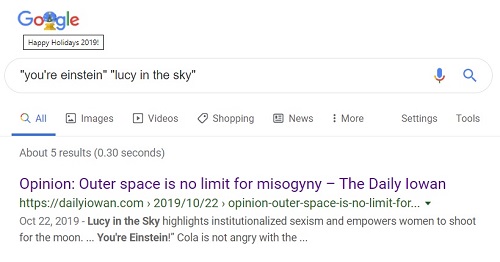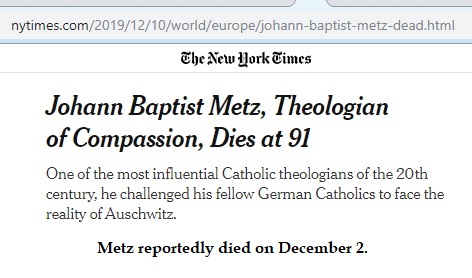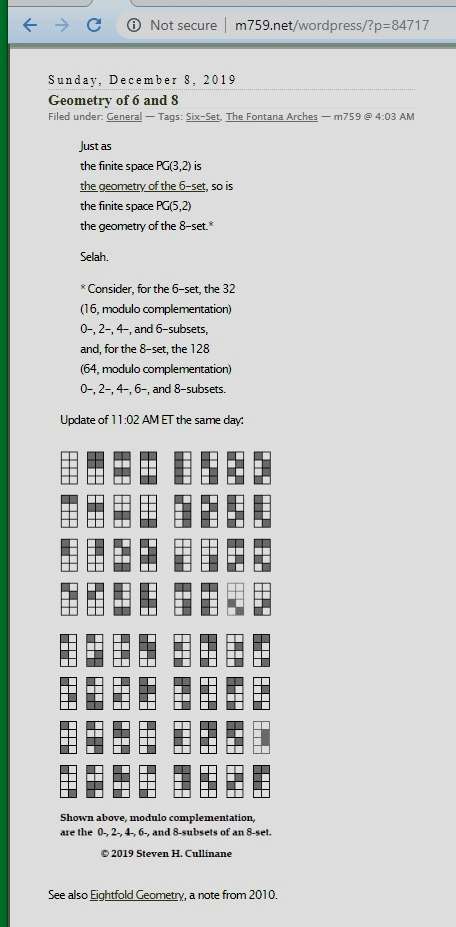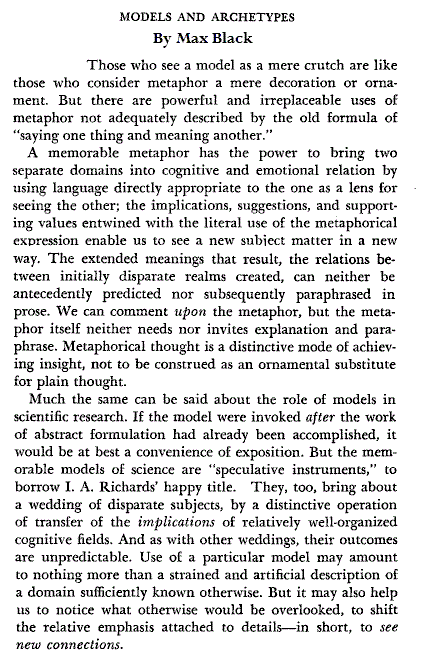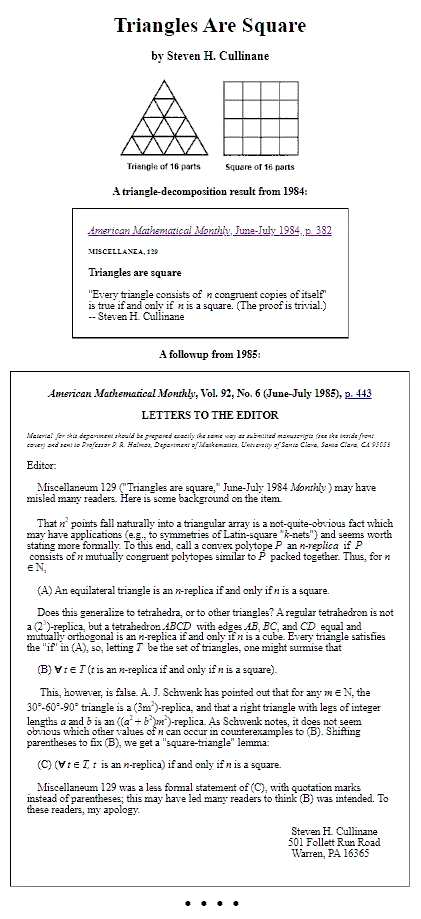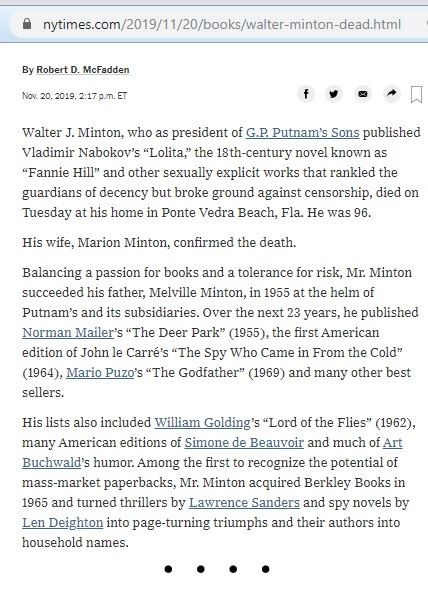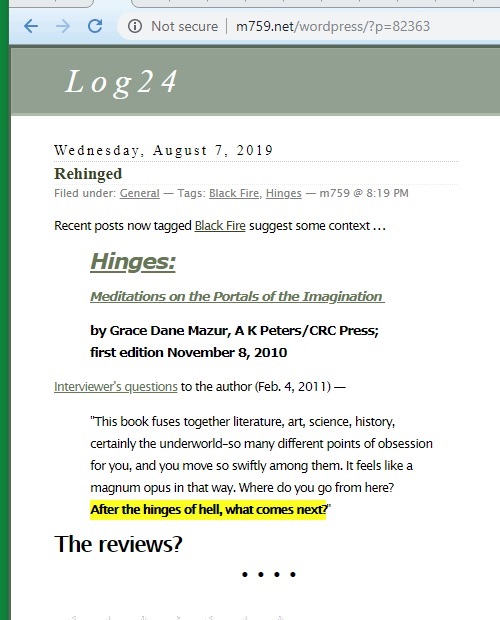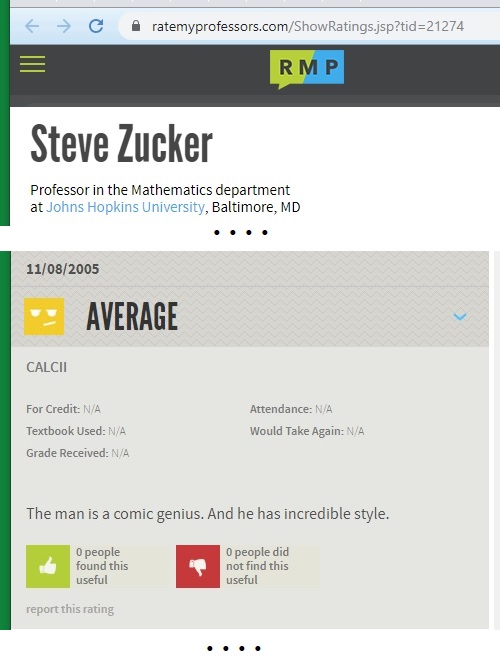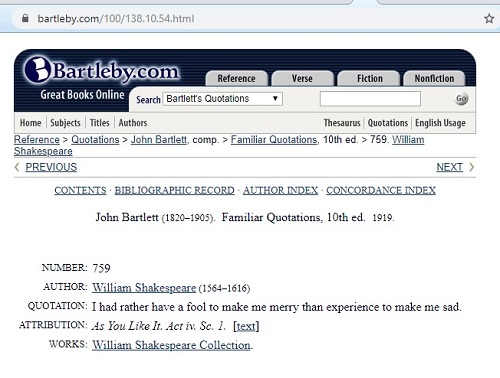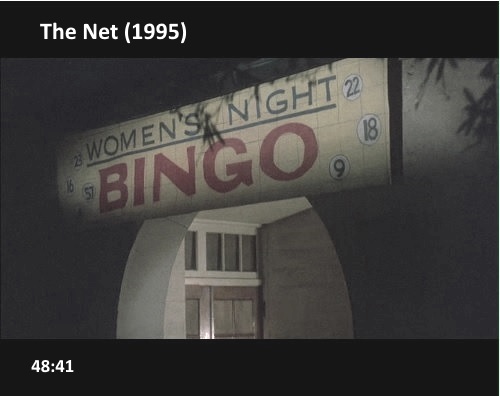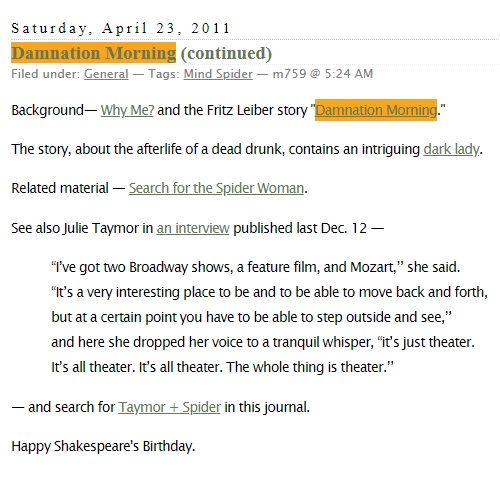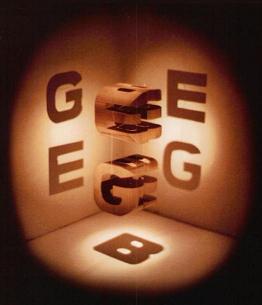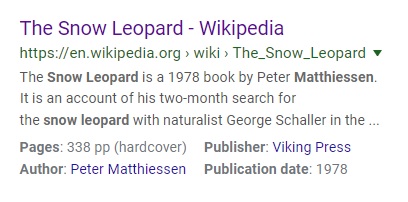
Shown below are Aitchison's March 2018 M24 permutations
and their relabeling, with digits only, for MAGMA checking.
In the versions below, r g b stand for red, green, blue.
Infinity has been replaced by 7 (because a digit was needed,
and the position of the infinity symbol in the Aitchison cube
was suited to the digit 7).
(r7,r1)(b2,g4)(r3,r5)(r6,g0)
mu0= (g7,g2)(r4,b1)(g6,g3)(g5,b0)
(b7,b4)(g1,r2)(b5,b6)(b3,r0)
mu1 = (r7,r2,)(b3,g5)(r4,r6)(r0,g1)
(g7,g3)(r5,b2)(g0,g4)(g6,b1)
(b7,b5)(g2,r3)(b6,b0)(b4,r1)
mu2 = (r7,r3)(b4,g6)(r5,r0)(r1,g2)
(g7,g4)(r6,b3)(g1,g5)(g0,b2)
(b7,b6)(g3,r4)(b0,b1)(b5,r2)
mu3 = (r7,r4)(b5,g0)(r6,r1)(r2,g3)
(g7,g5)(r0,b4)(g2,g6)(g1,b3)
(b7,b0)(g4,r5)(b1,b2)(b6,r3)
mu4 = (r7,r5)(b6,g1)(r0,r2)(r3,g4)
(g7,g6)(r1,b5)(g3,g0)(g2,b4)
(b7,b1)(g5,r6)(b2,b3)(b0,r4)
mu5 = (r7,r6)(b0,g2)(r1,r3)(r4,g5)
(g7,g0)(r2,b6)(g4,g1)(g3,b5)
(b7,b2)(g6,r0)(b3,b4)(b1,r5)
mu6 = (r7,r0)(b1,g3)(r2,r4)(r5,g6)
(g7,g1)(r3,b0)(g5,g2)(g4,b6)
(b7,b3)(g0,r1)(b4,b5)(b2,r6)
Table 1 —
0 1 2 3 4 5 6 7
r 1 2 3 4 5 6 7 8
g 9 10 11 12 13 14 15 16
b 17 18 19 20 21 22 23 24
The wReplace program was used with Table 1 above
to rewrite mu0-mu6 for MAGMA.
The resulting code for MAGMA —
|
G := sub< Sym(24) |
(8,2)(19,13)(4,6)(7,9)
(16,11)(5,18)(15,12)(14,17)
(24,21)(10,3)(22,23)(20,1),
(8,3)(20,14)(5,7)(1,10)
(16,12)(6,19)(9,13)(15,18)
(24,22)(11,4)(23,17)(21,2),
(8,4)(21,15)(6,1)(2,11)
(16,13)(7,20)(10,14)(9,19)
(24,23)(12,5)(17,18)(22,3),
(8,5)(22,9)(7,2)(3,12)
(16,14)(1,21)(11,15)(10,20)
(24,17)(13,6)(18,19)(23,4),
(8,6)(23,10)(1,3)(4,13)
(16,15)(2,22)(12,9)(11,21)
(24,18)(14,7)(19,20)(17,5),
(8,7)(17,11)(2,4)(5,14)
(16,9)(3,23)(13,10)(12,22)
(24,19)(15,1)(20,21)(18,6),
(8,1)(18,12)(3,5)(6,15)
(16,10)(4,17)(14,11)(13,23)
(24,20)(9,2)(21,22)(19,7)>;
G;
Order(G);
CompositionFactors(G);
|
The Aitchison generators passed the MAGMA test.





